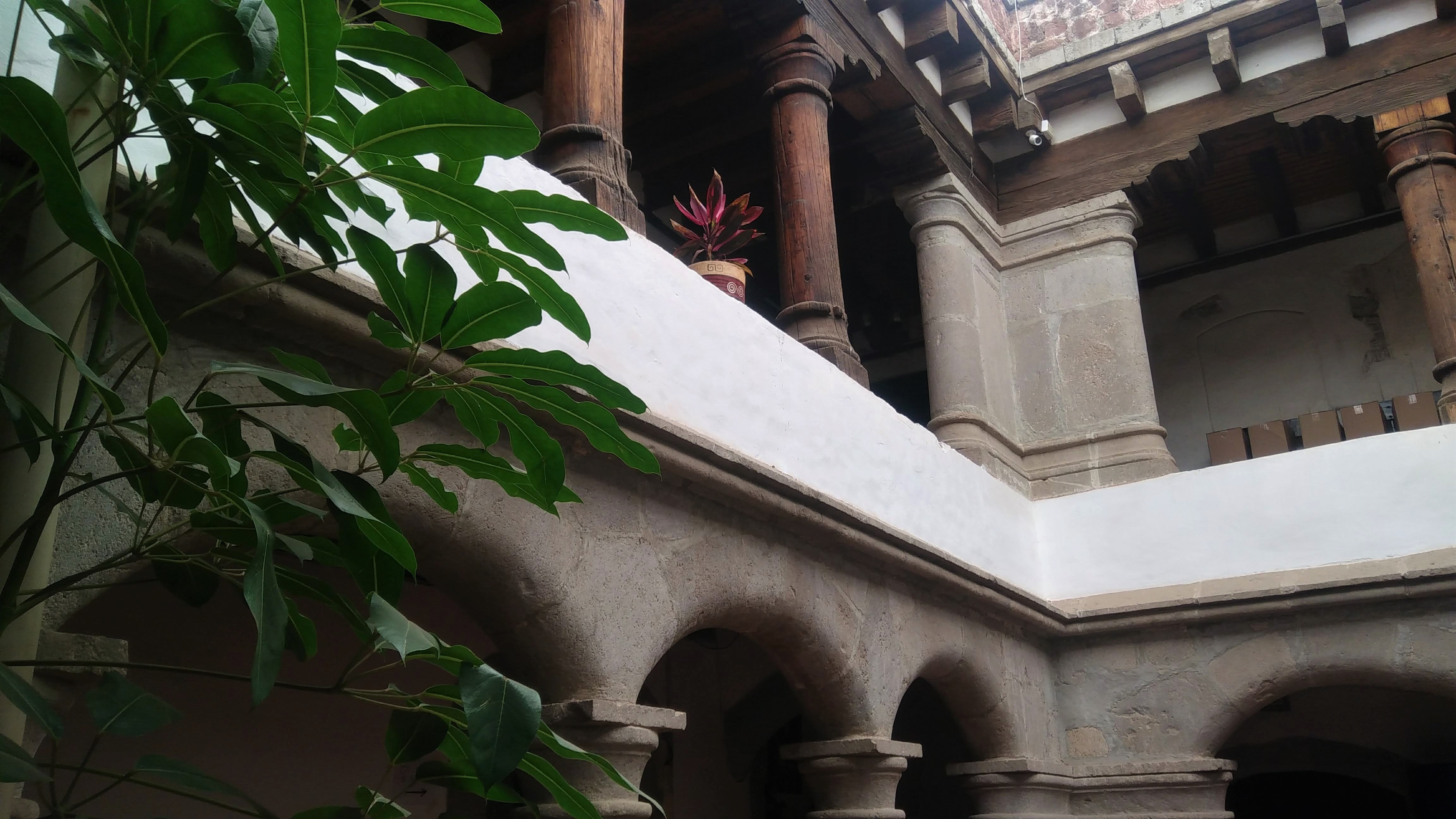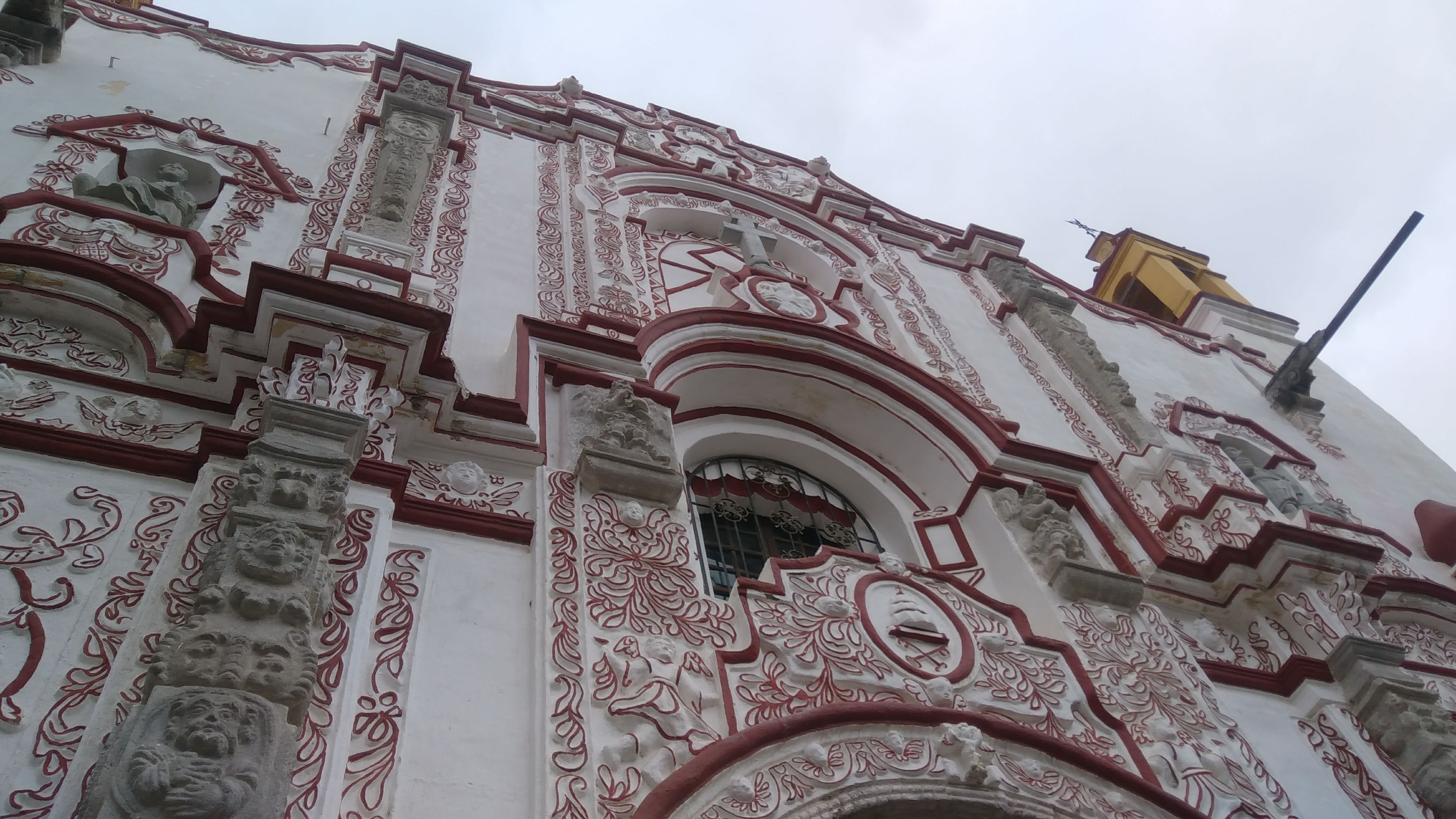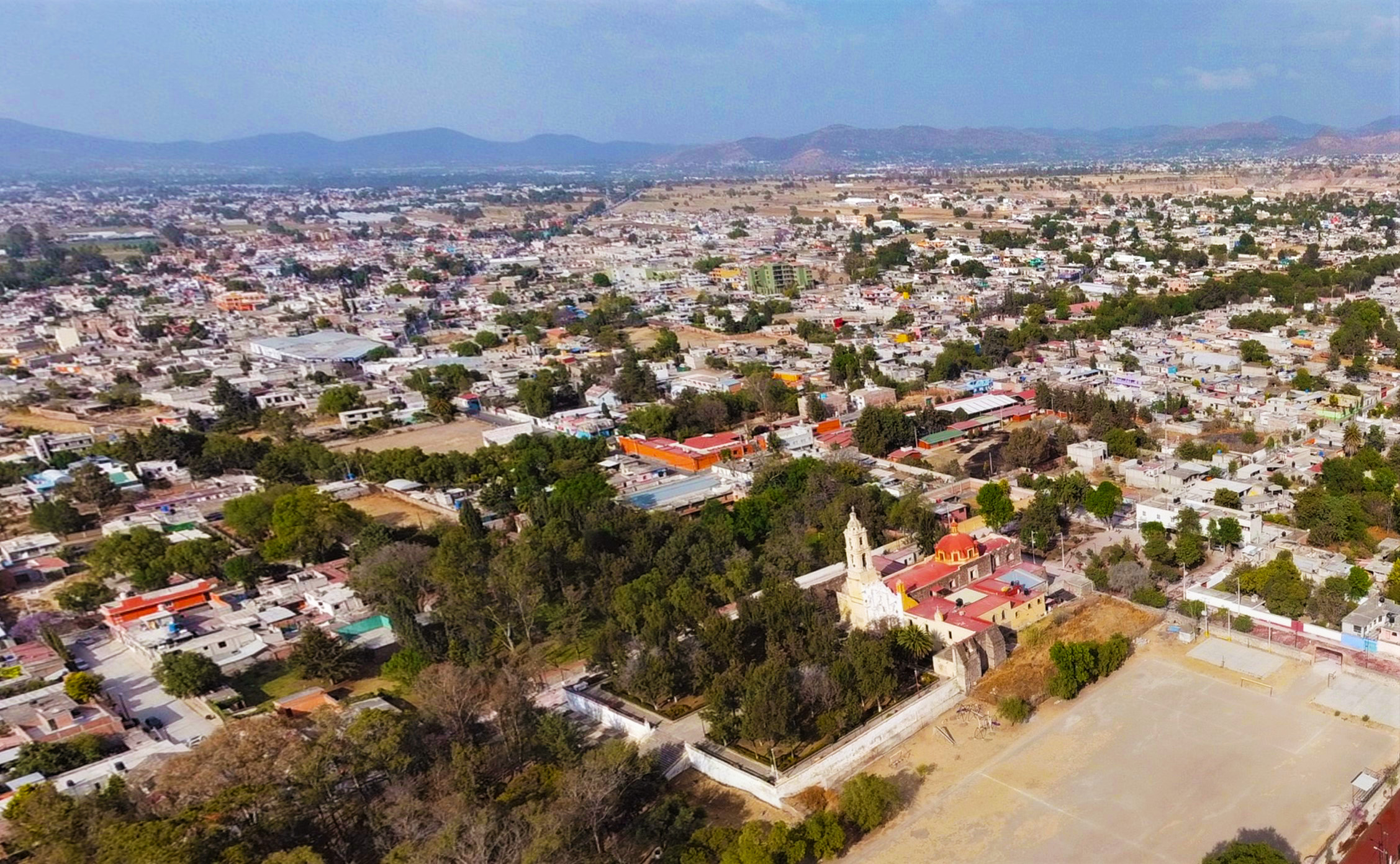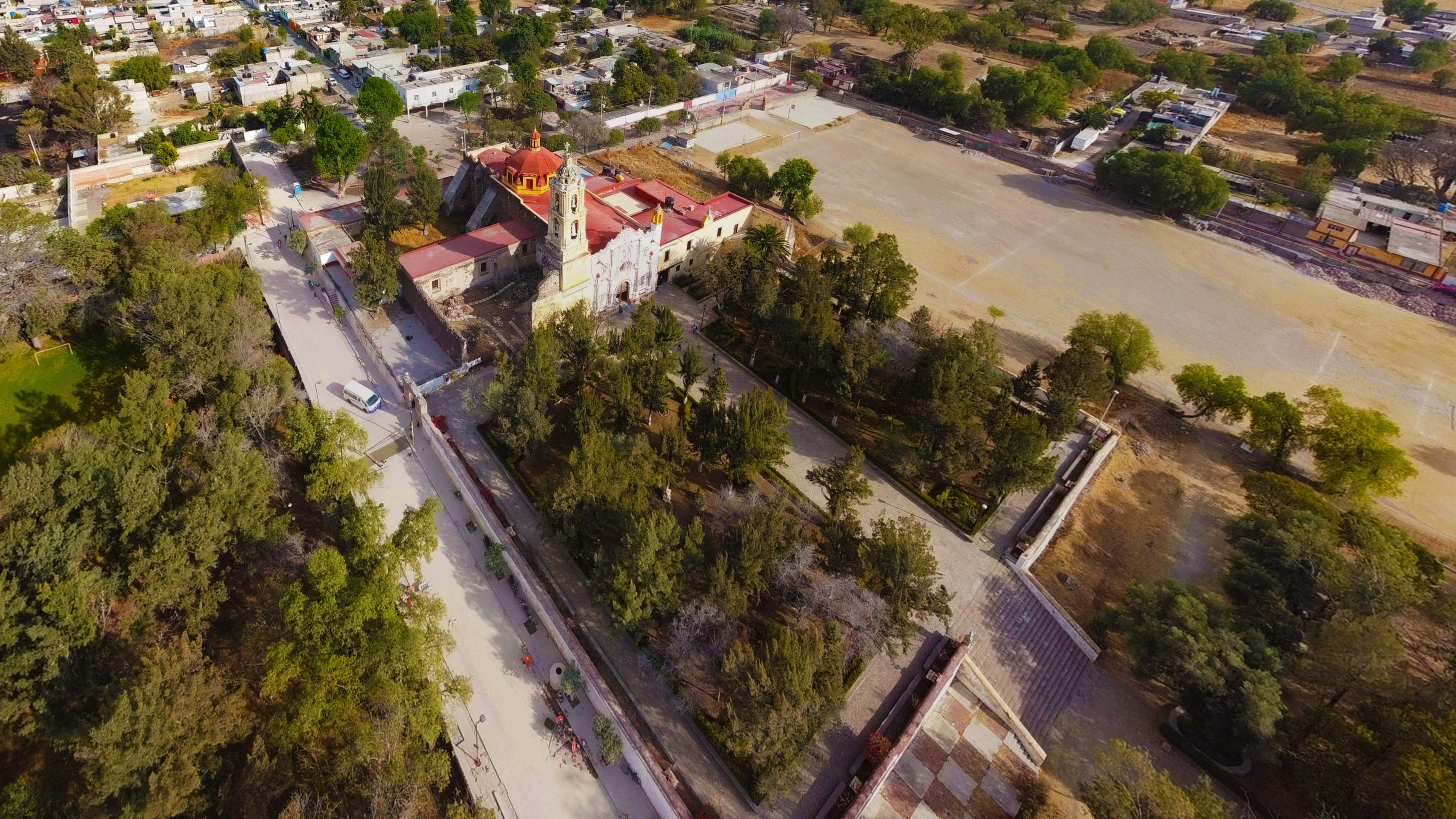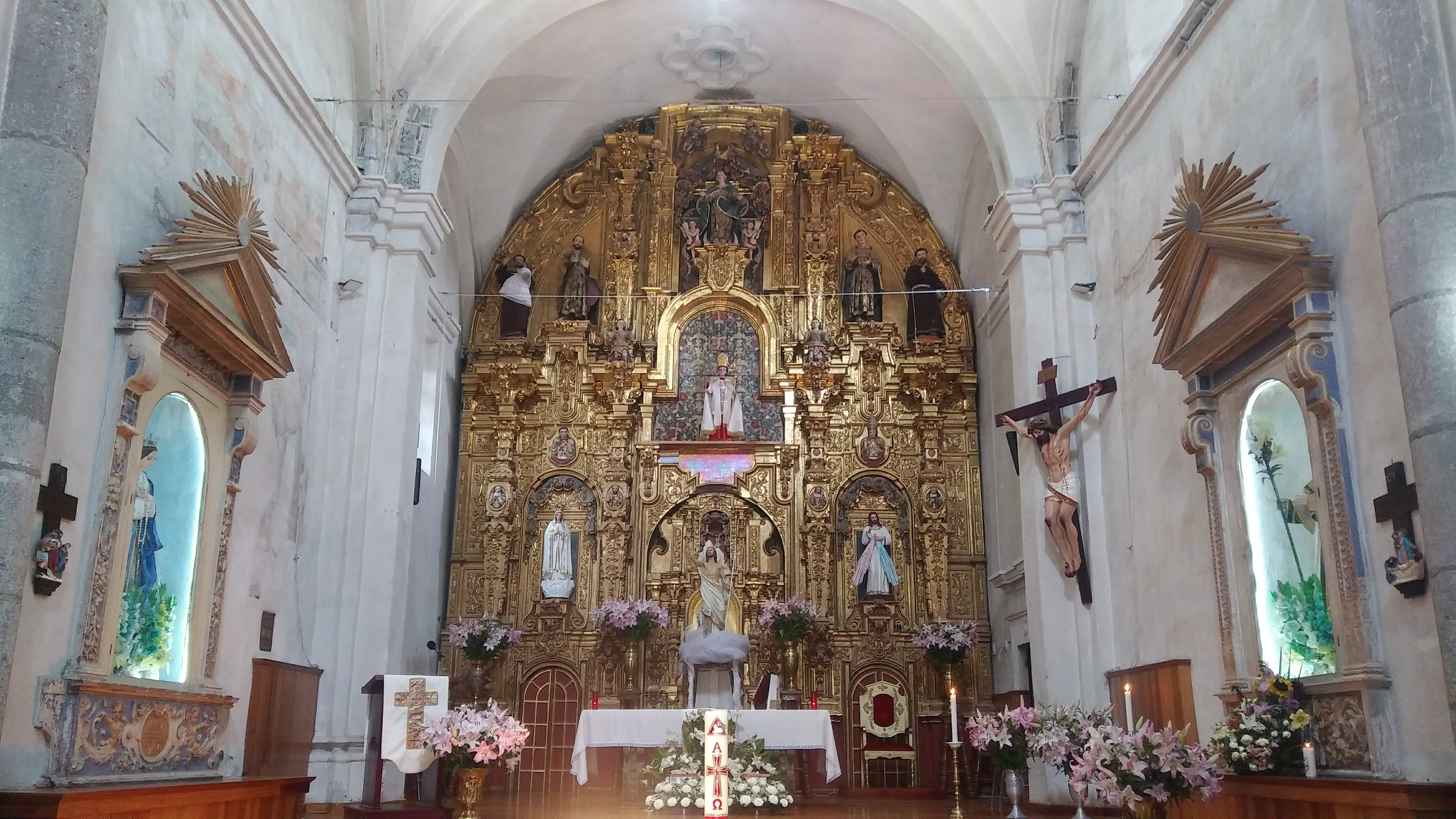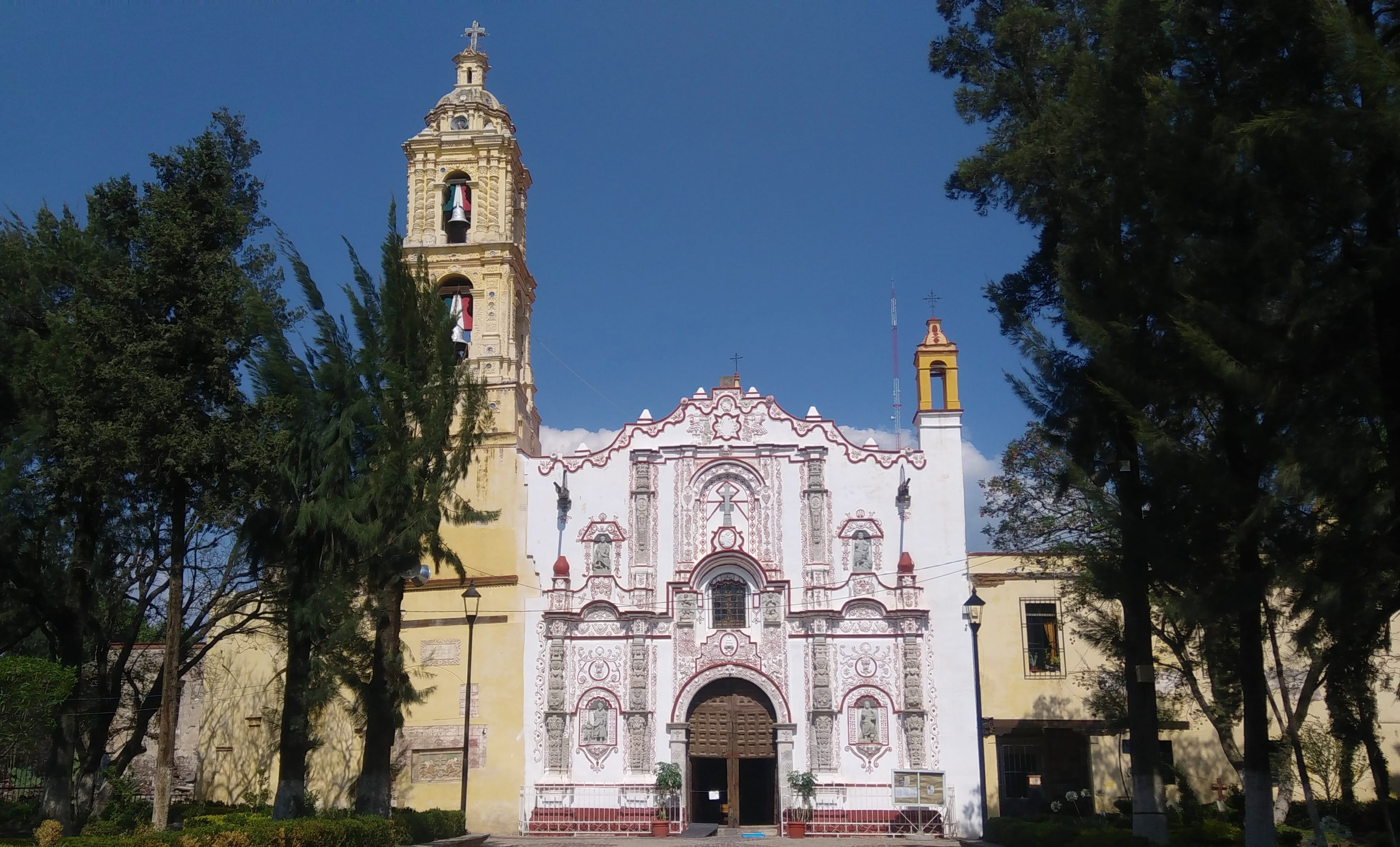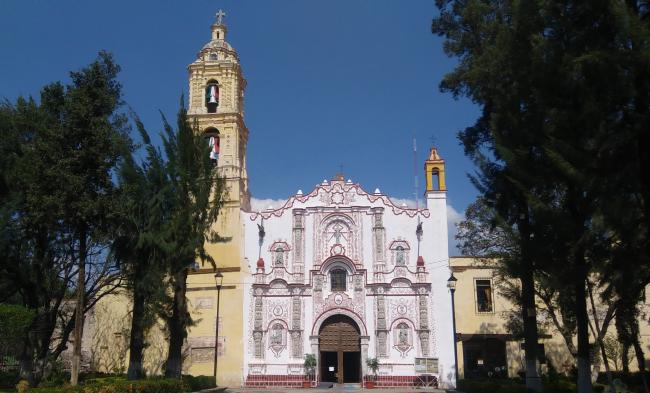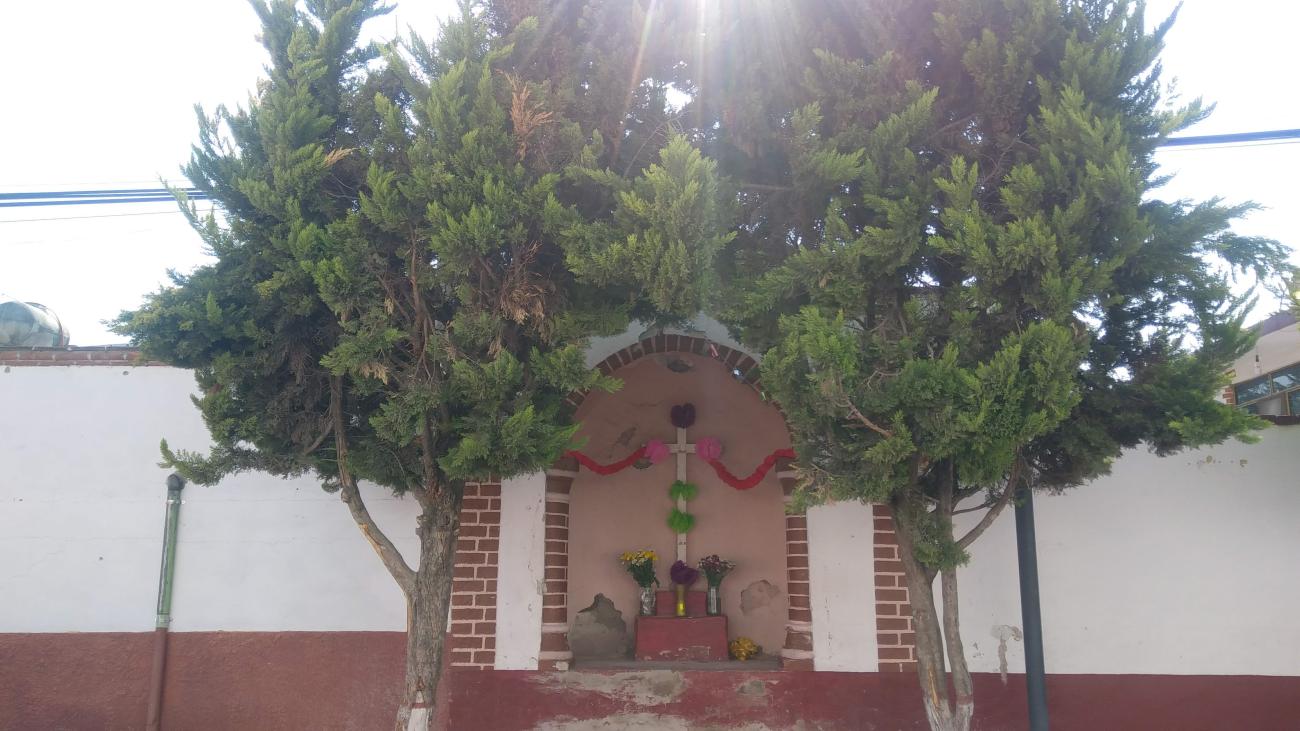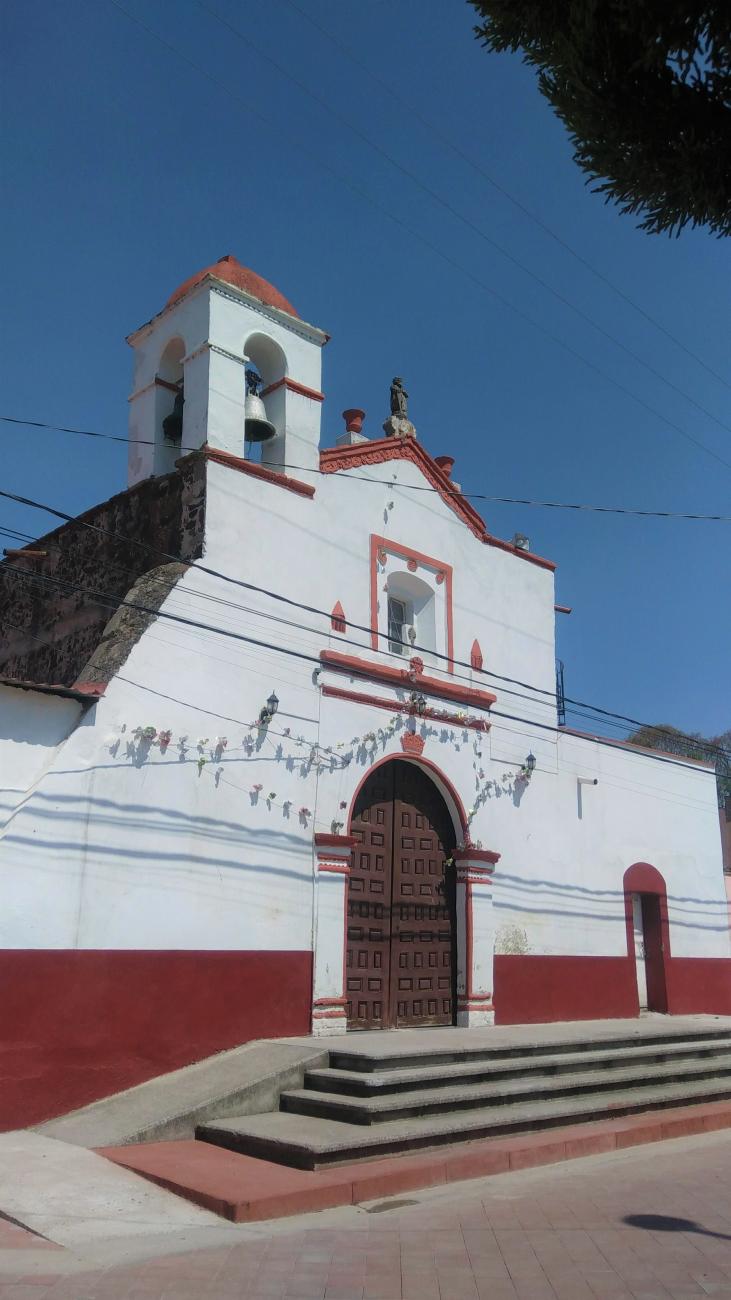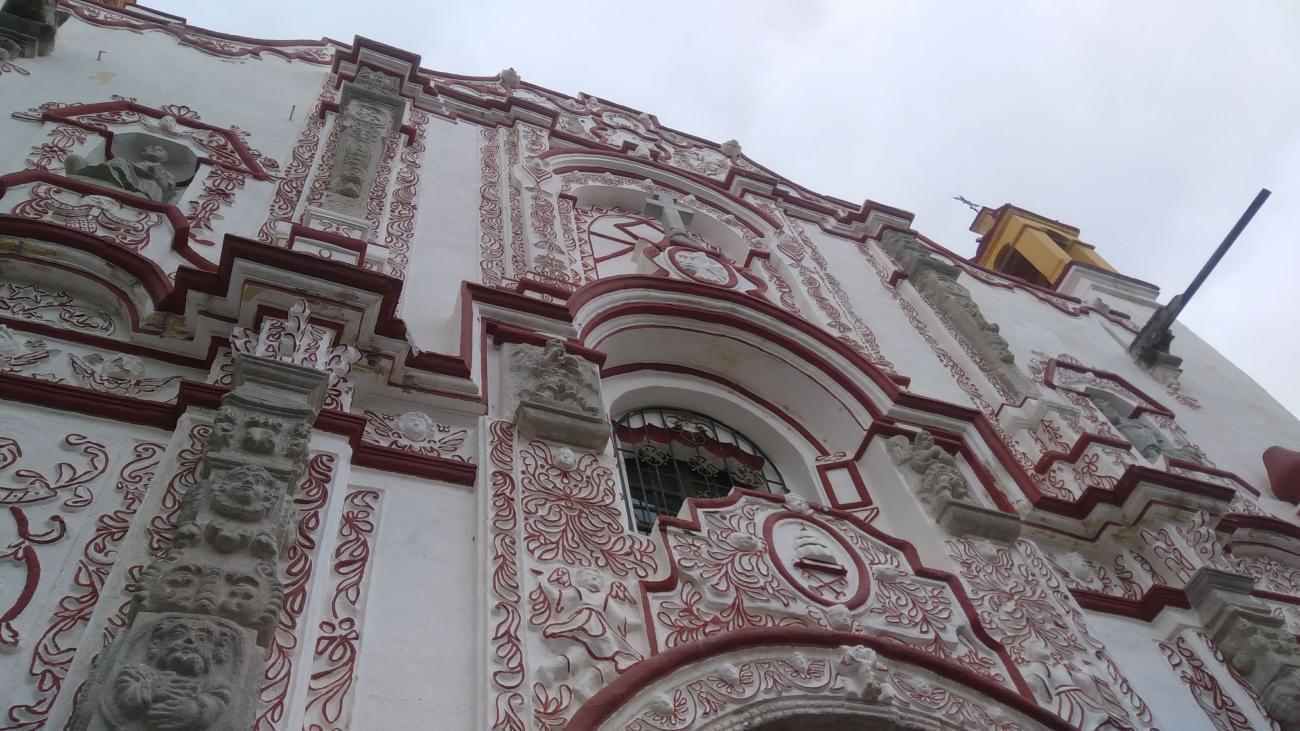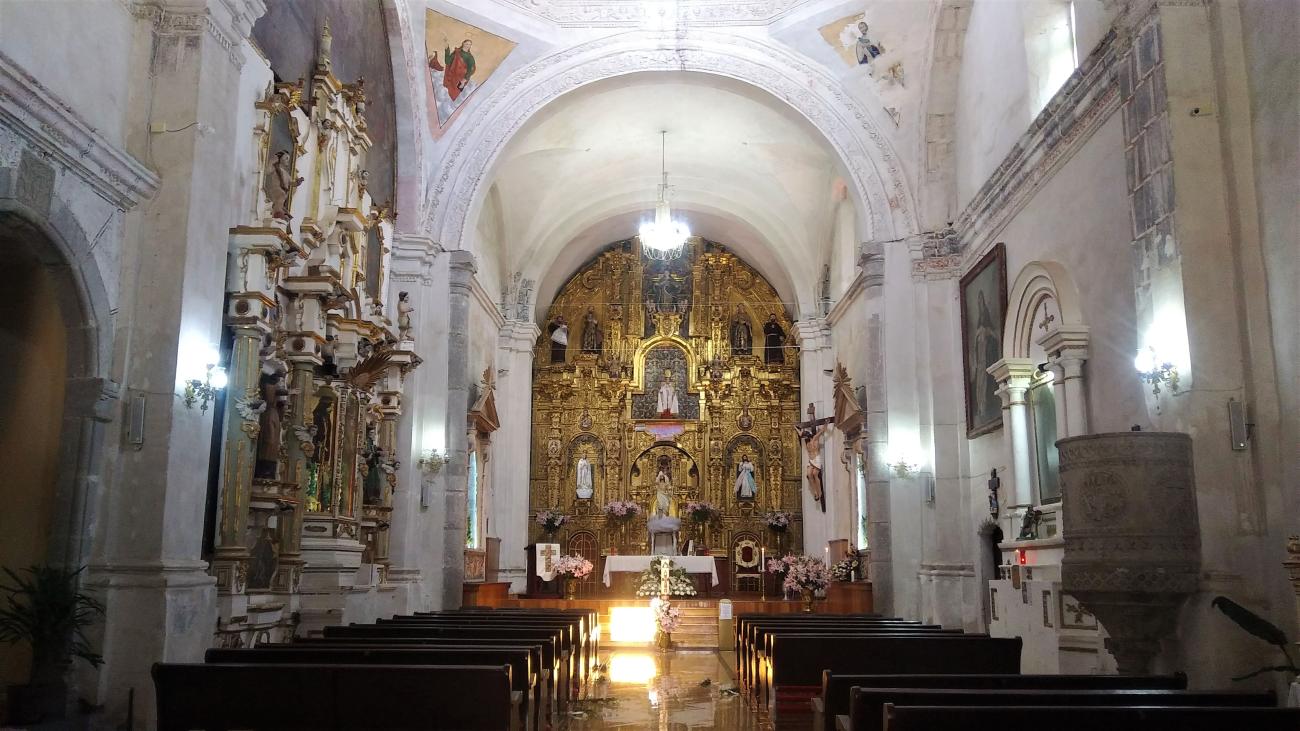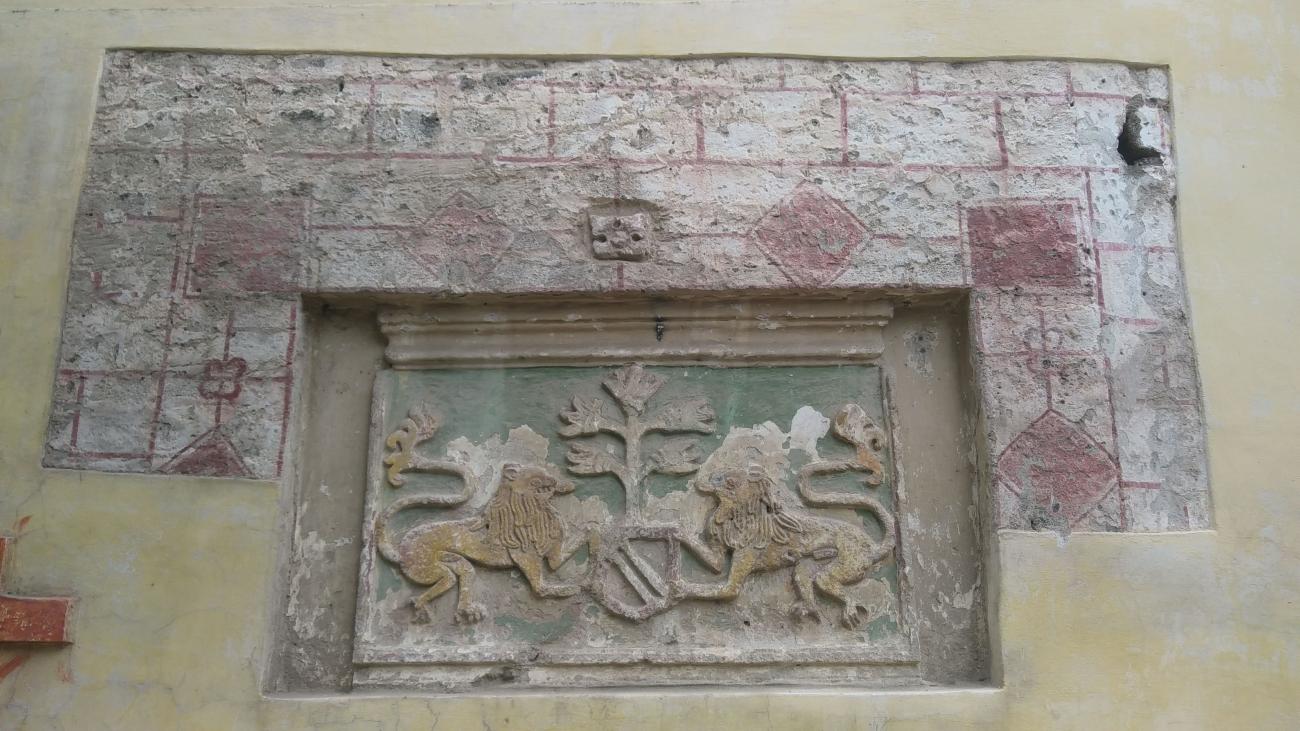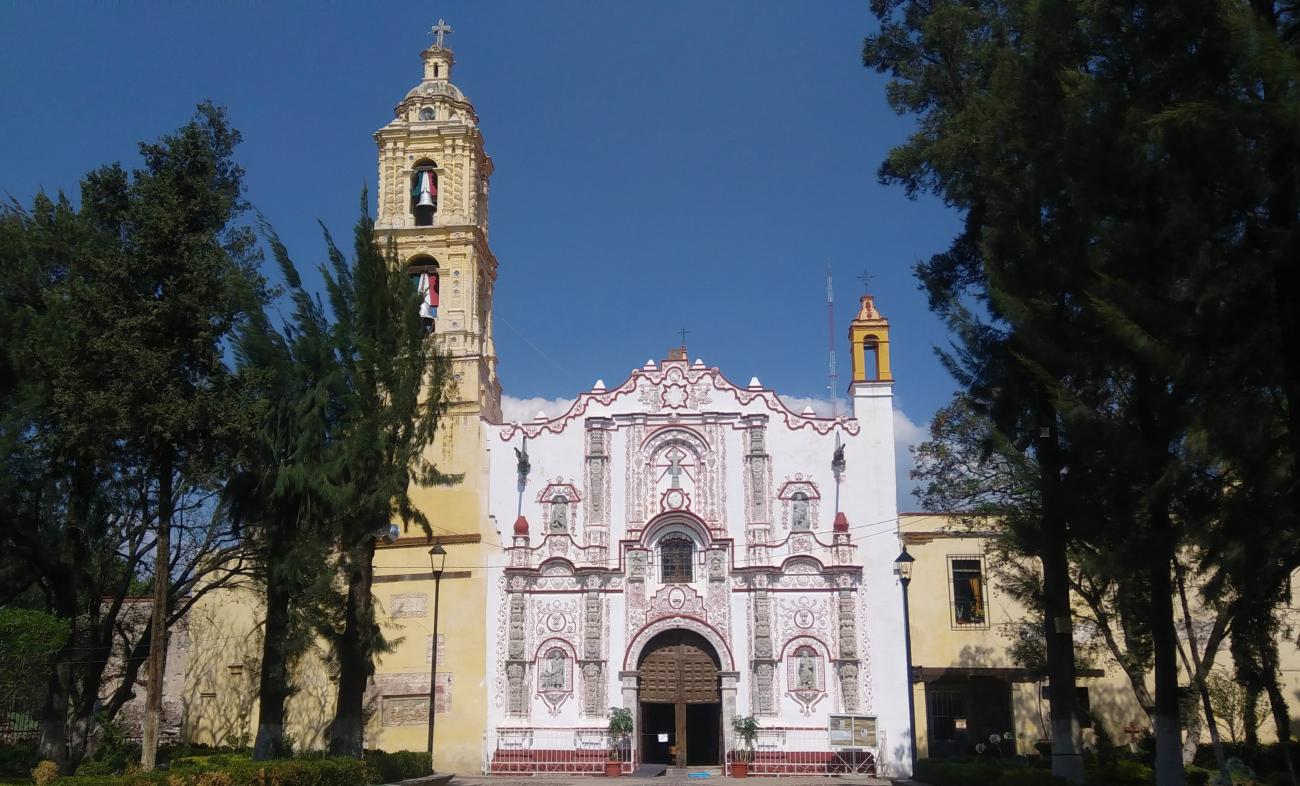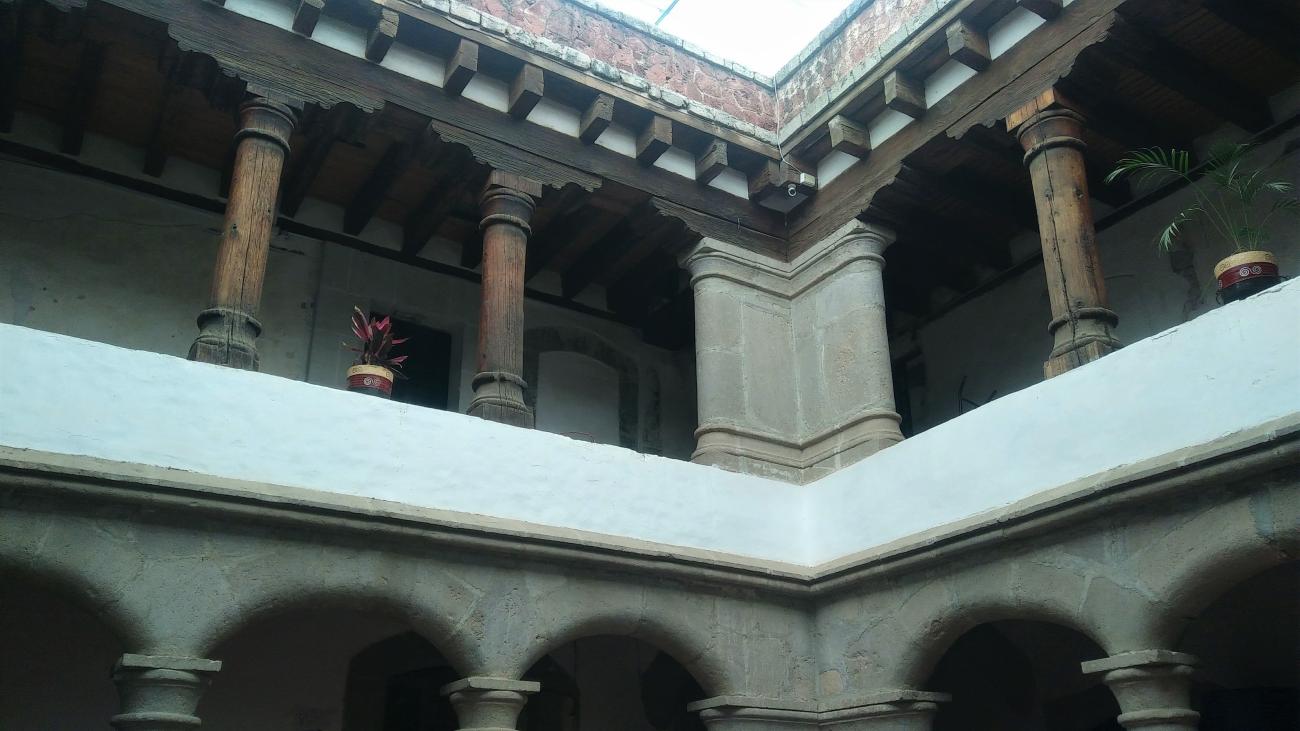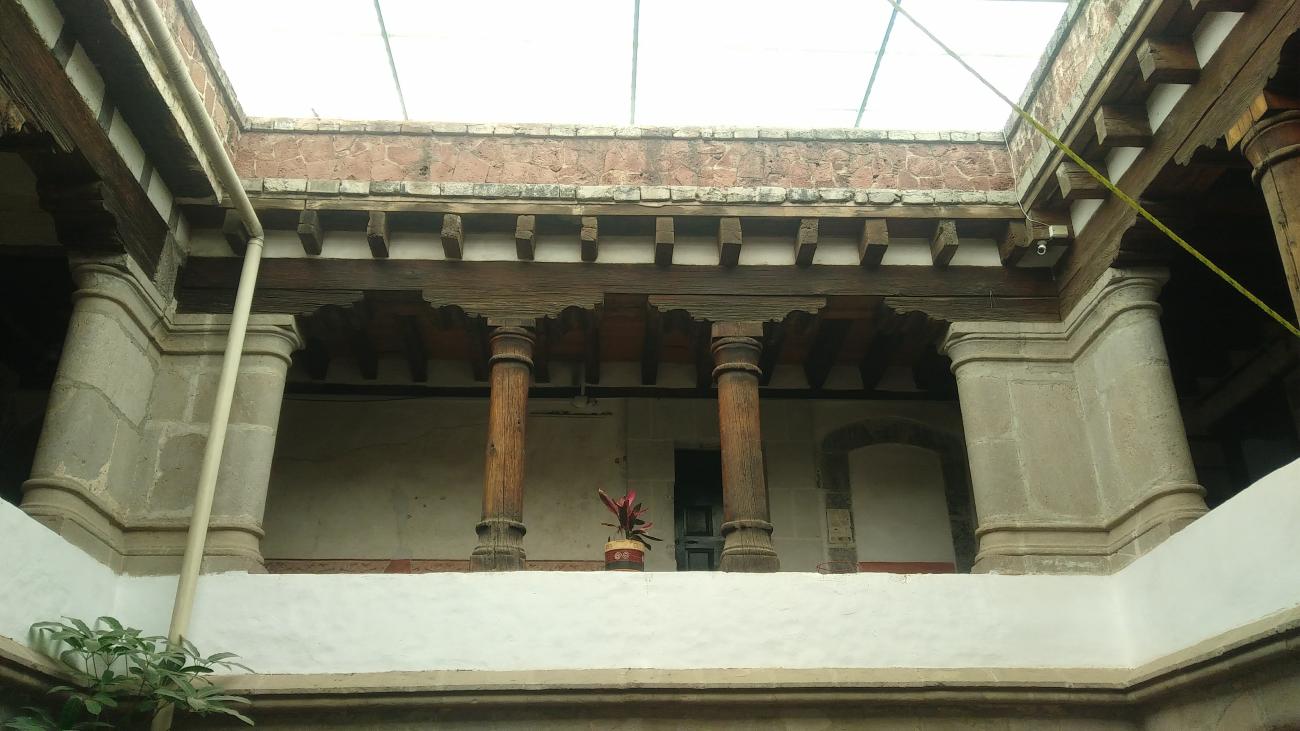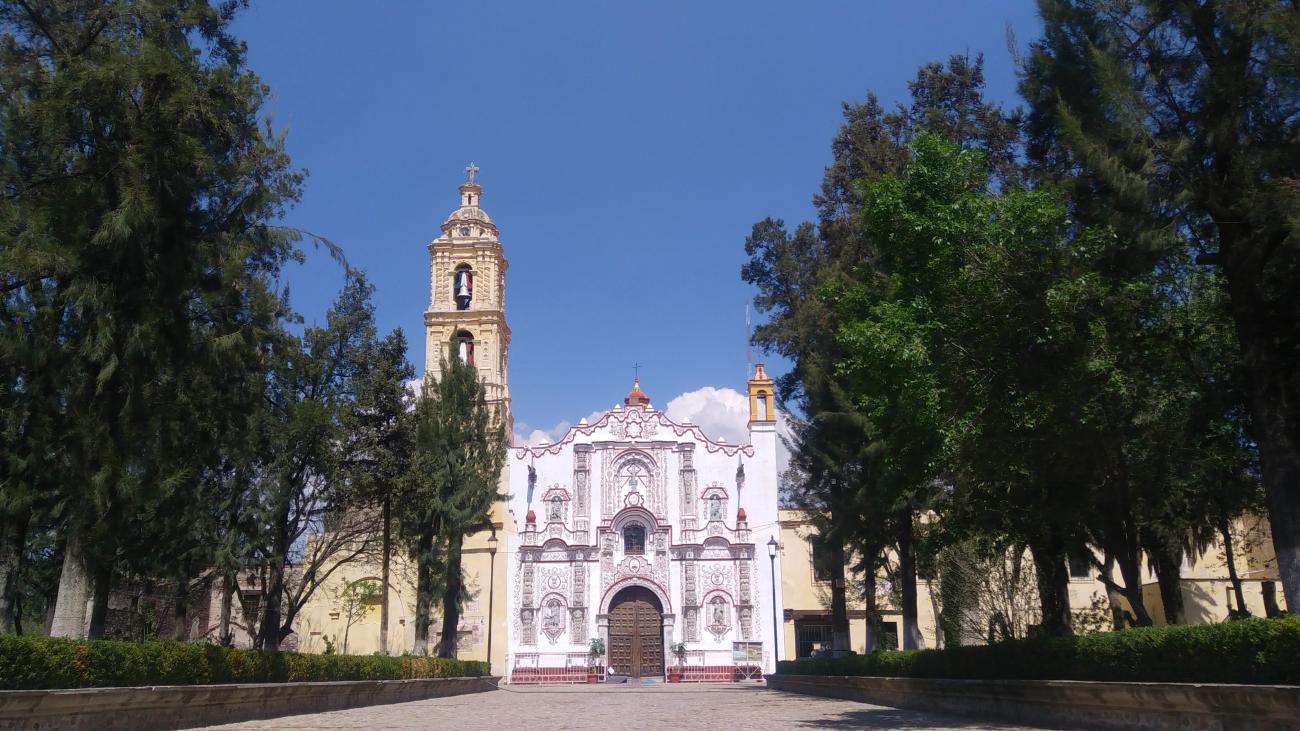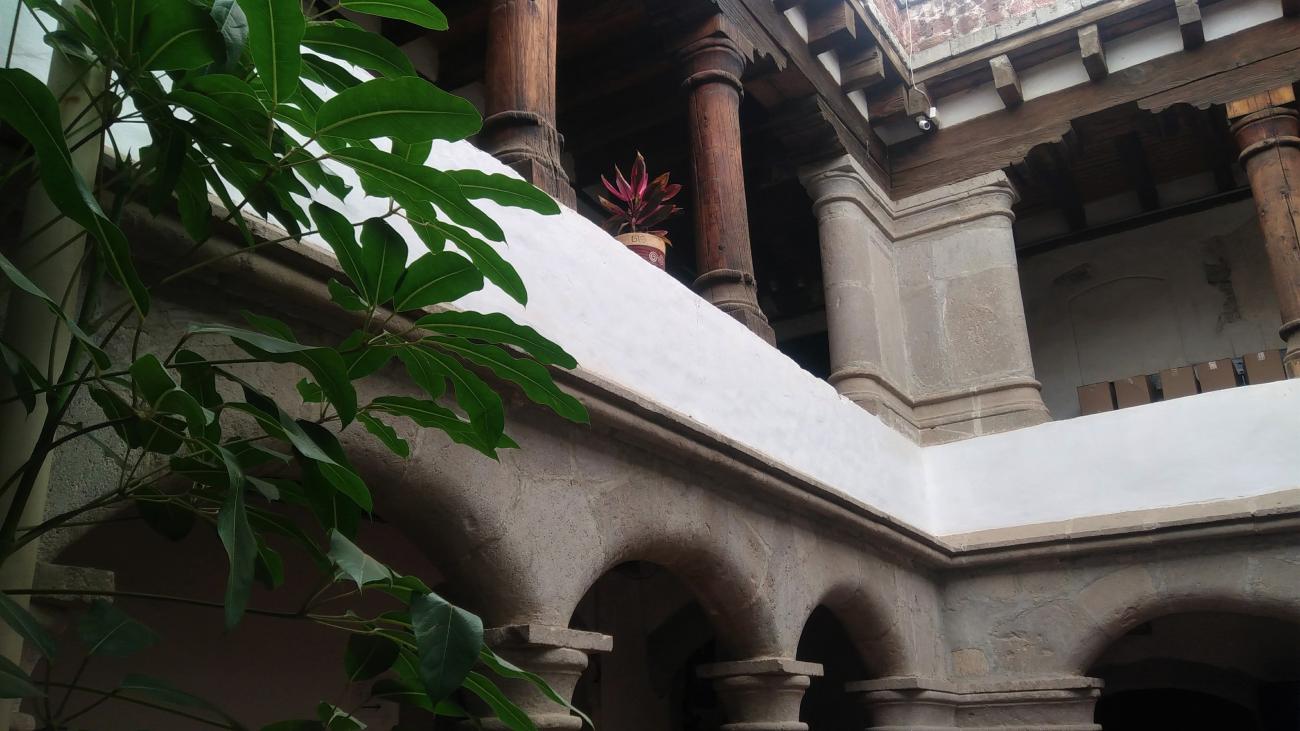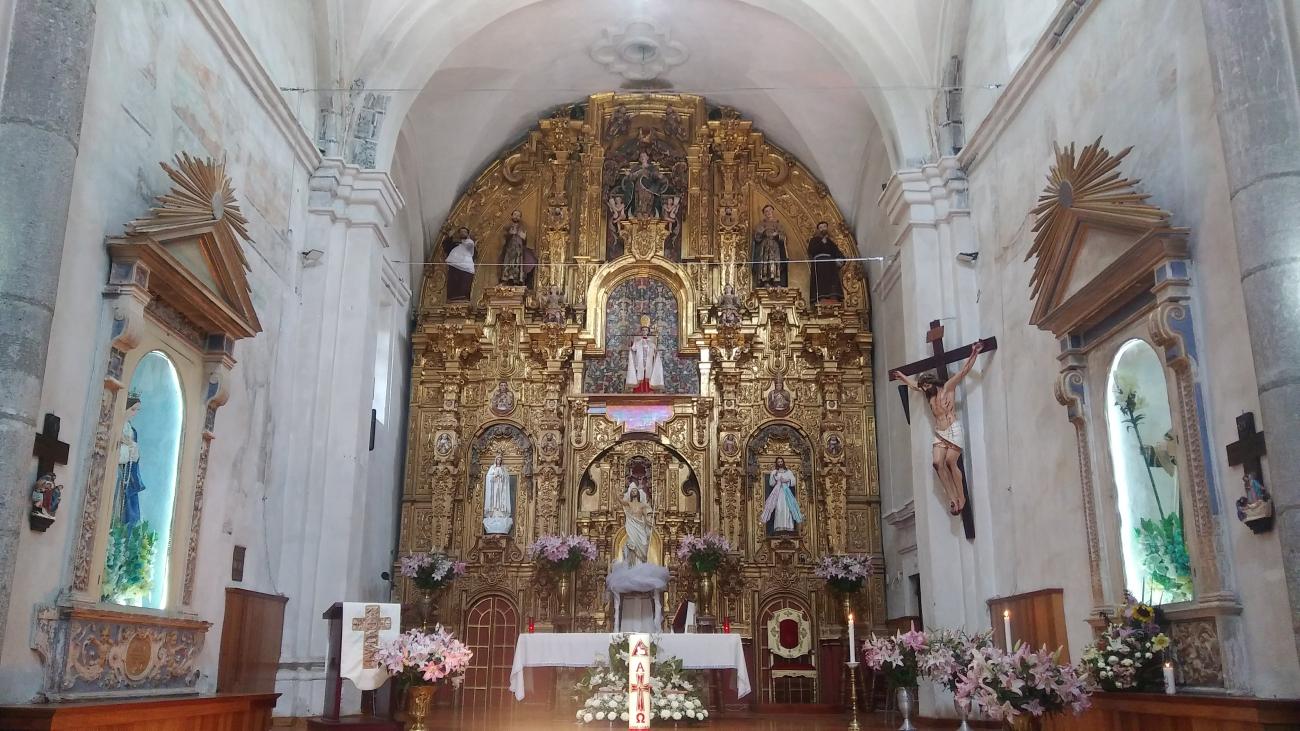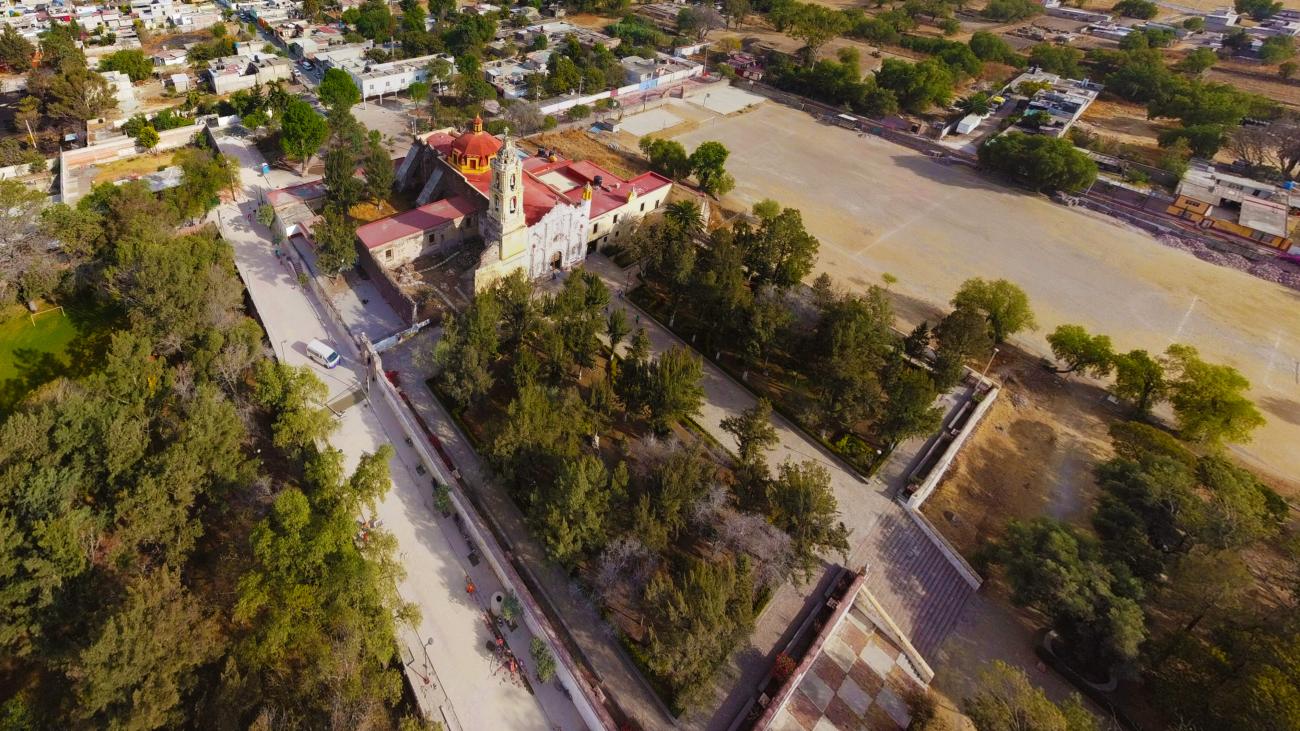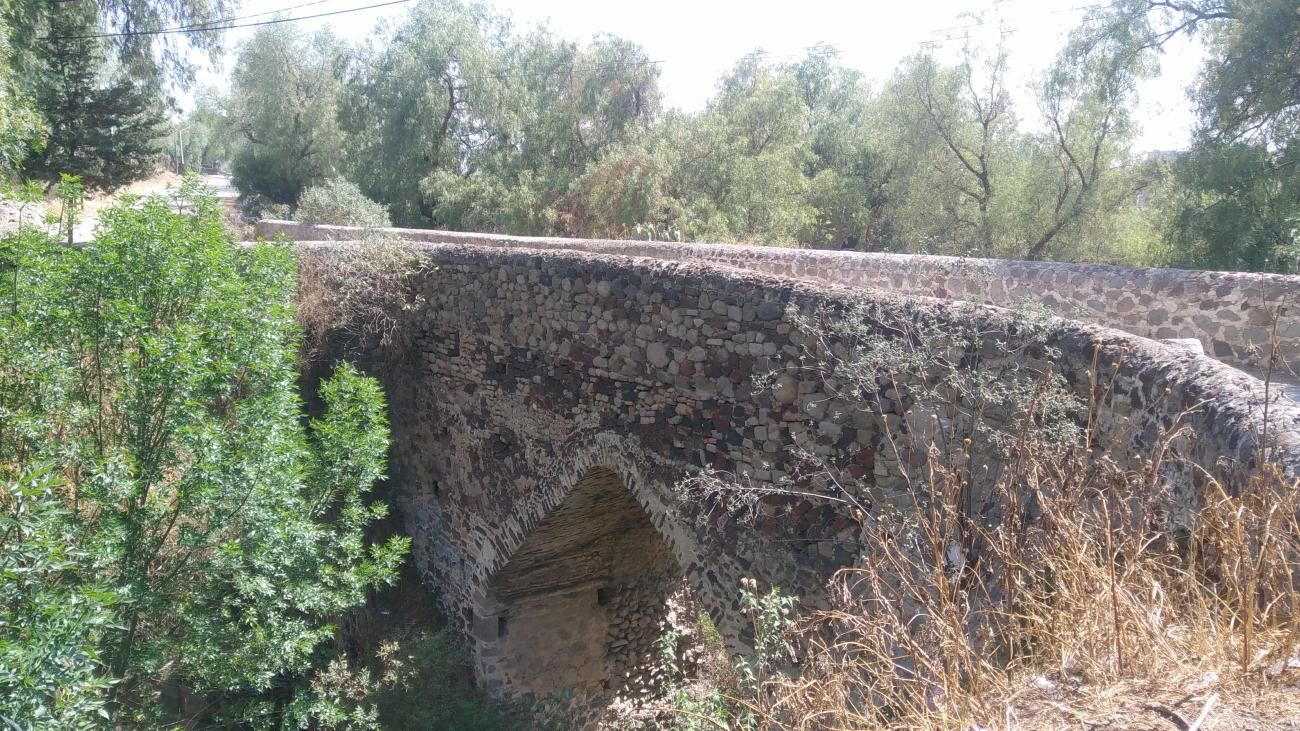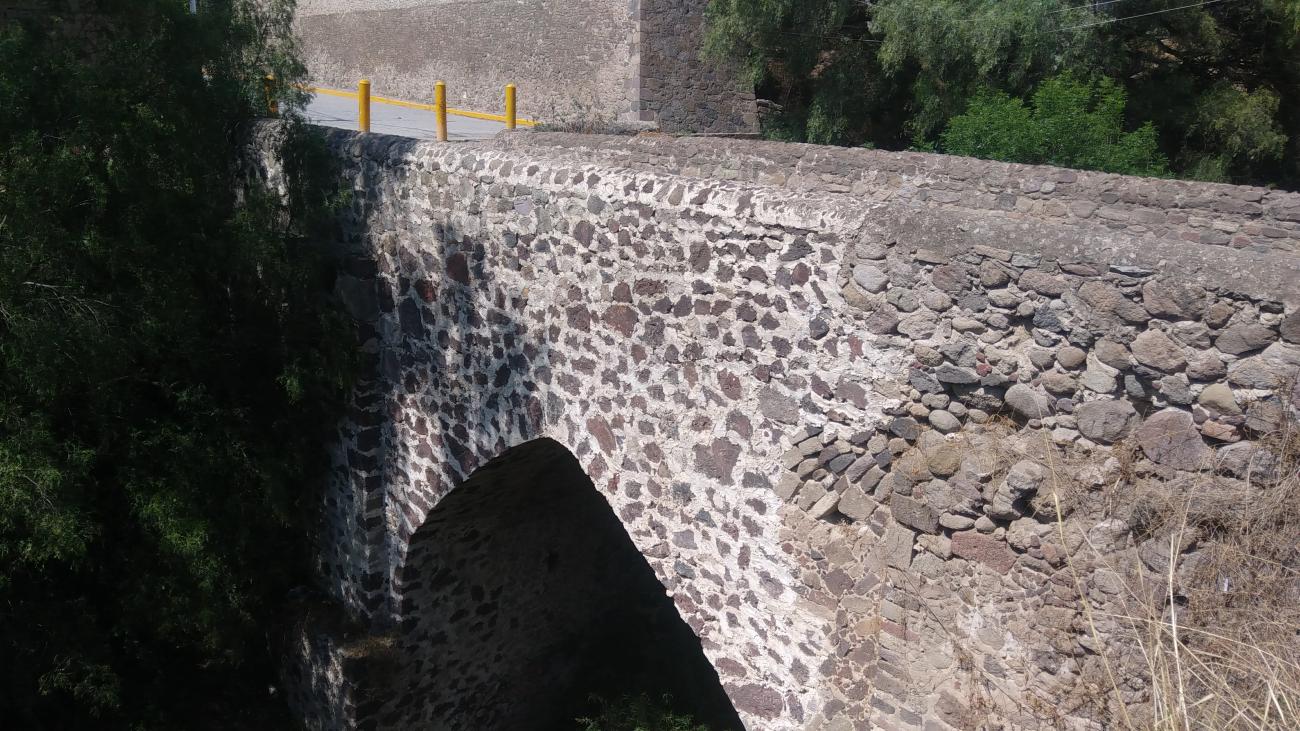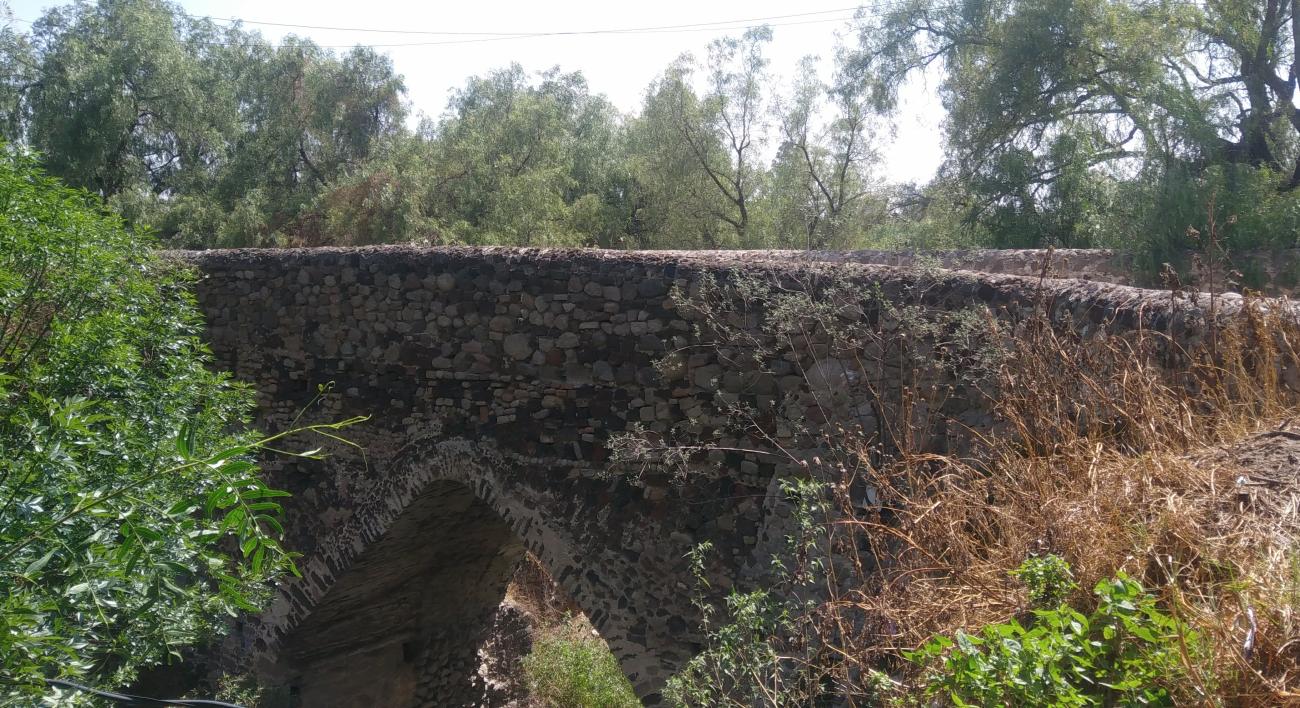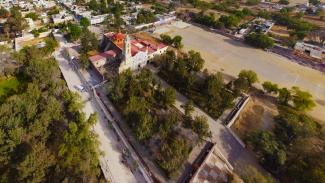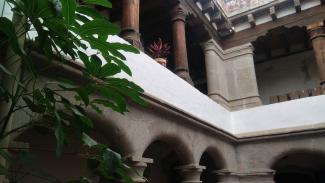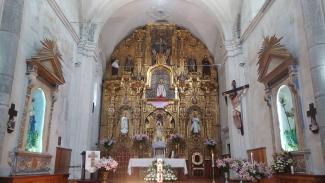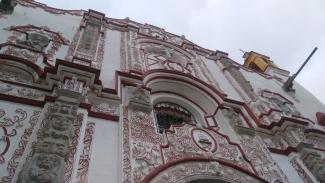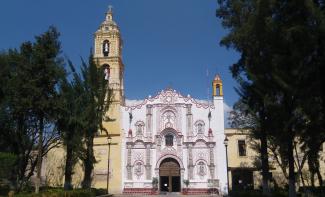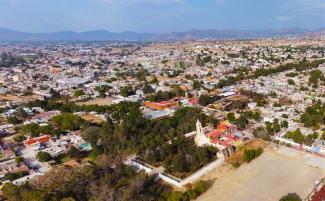Huexotla
Historical Monuments Zone
Abstract
The lordship of Huexotla, today the municipality of Texcoco, State of Mexico, was one of the three chief towns of the Acolhua or Texcocano kingdom, whose populace emerged from the great emigration of the Teochichimecas in the 11th century.
The word Huexotla comes from Nahuatl and means “place of willows.” This region was known during the pre-Hispanic period for the grandeur of its cities, and for its high level of cultural and economic development. On their arrival, the Spaniards were astonished by the orderly character of the cities, the elegance of speech of their inhabitants, and the pictographic manuscripts they used to record their history. As part of their efforts to evangelize the indigenous peoples, the conquistadors and monks destroyed most of these manuscripts.
The Spanish occupation of Huexotla was rooted in evangelization, which began with the visit of the Franciscans to the region of Texcoco between 1526 and 1527. A hermitage was established and Viceroy Antonio de Mendoza authorized a small monastery to be built, begun in 1543 and completed in 1580; this was built on the foundations of the largest pre-Hispanic structure in the area. In this monastery, Father Friar Jerónimo de Mendieta wrote his Historia eclesiástica indiana.
Huexotla was secularized in 1771, and this brought about the decline of the monastery; the open chapel was demolished and part of it was reused as well together with the Portiuncula gate to the church in the construction of the Sagrario chapel.
In 2001 a decree was issued declaring Huexotla a Zone of Historical Monuments. The zone covers an area of 0.22 km2, comprising 11 blocks with 20 buildings of historical value built between the 16th and 19th centuries. These constructions combine different expressions from each period of the site; some buildings were for religious worship, including the church and monastery of San Luis Obispo, the church of Guadalupe and the chapel opposite it; others were for public service, such as the Colonial Bridge. The zone retains its original urban layout, which shaped its subsequent growth.
The remaining buildings of interest are civil in character, with architectural styles, formal elements and urban settings that reflect different periods of construction. As a whole they are of particular significance for the harmonious character of the zone, preservation of which is considered to be in the national interest.
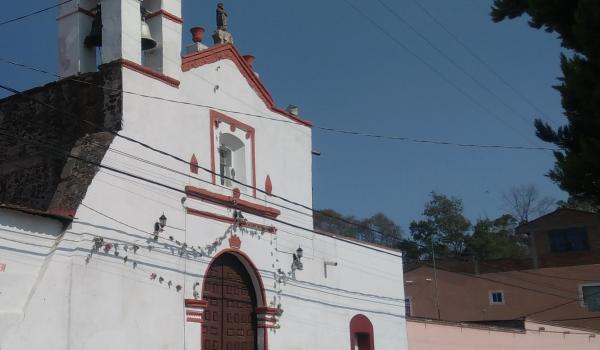
Capilla de Guadalupe
19th-century building
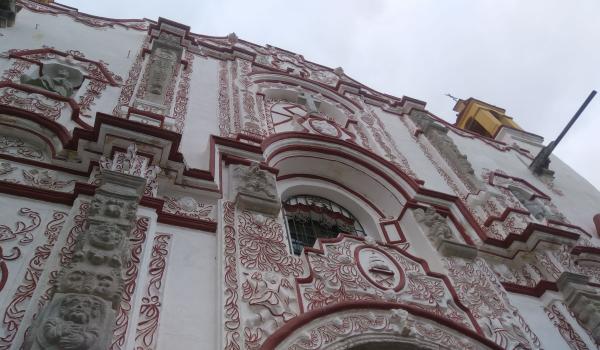
Antiguo convento de San Luis Obispo
This convent is the smallest of those built by the Franciscans. In 1541, it already had a cloister and courtyard, and shortly afterwards, the second floor was built. The church was built in the 18th century.
Antiguo convento de San Luis Obispo
This convent is the smallest of those built by the Franciscans. In 1541, it already had a cloister and courtyard, and shortly afterwards, the second floor was built. The church was built in the 18th century.
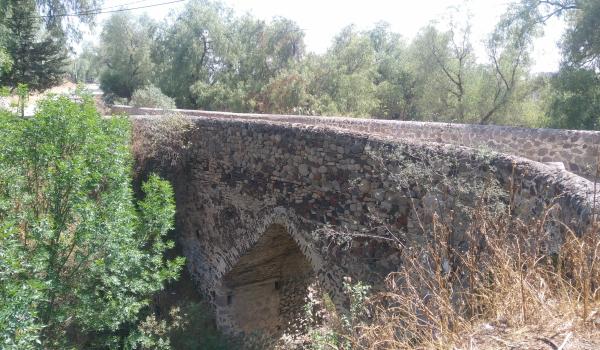
Puente
16th-century bridge over the San Bernardino River

